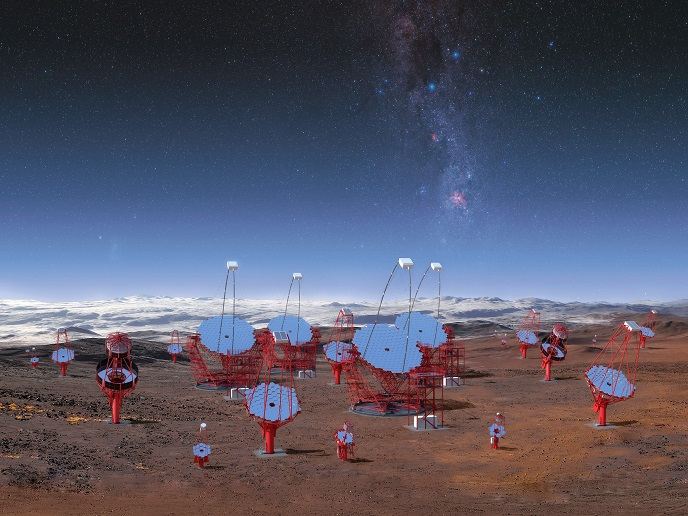Hawking radiation now better understood thanks to in-lab experiments
The Generalised second law (GSL) of thermodynamics tells us that a black hole possesses its own entropy, just as any ordinary object with a certain temperature. This implies that a black hole should emit a thermal radiation, and follow the law of a black body as thermodynamics requires. `This seems to contradict the classical theory of black holes, out of which nothing can escape,' says Dr. Antonin Coutant, Marie Curie fellow and main investigator of the project, `but Hawking discovered in the 70's that quantum theory does predict an emission of radiation, and that this radiation follows the law expected from a hot body.' However, although theorised, black hole radiation is still poorly understood, as Dr Silke Weinfurtner, Research Fellow at the University of Nottingham, explains: ‘On the one hand, we are still developing the framework in which general relativity and quantum physics reconcile, and on the other hand we have very little observational guidance due to the smallness of the Hawking temperature, such that the effect is, for all current black hole observations, negligible. The smaller the black hole the bigger the temperature, but unfortunately, the black holes in our universe are too large.’ This is where analogue gravity kicks in. This innovative approach tells us that Hawking radiation, superradiance and cosmological particle production are universal processes which – although too faint to be seen in astrophysical systems – can be found in a large class of other systems such as fluids, superfluids and optical systems. `Analogue gravity is today the best chance we have of witnessing these effects in laboratory experiments,' says Dr Coutant. ‘The analogy is not perfect, but the fact that these processes occur in a large class of systems proves that they are robust against system-dependent modifications. For example, if space-time was fundamentally discrete, one would have to worry about whether the Hawking process would pick up on this discreteness. In the analogue systems, we do have some fundamental discreteness (for instance a fluid flow consists of water molecules), but the Hawking effect is still taking place,’ says Dr Weinfurtner. The robustness of the superradiance process actually exceeded the scientist’s expectations, as all it requires is something rotating sufficiently fast and that can absorb a little bit of energy. As black holes undoubtedly rotate and absorb matter in their surroundings, Dr Weinfurtner is confident that they should be able to spin-down through this mechanism. Extrapolation to astrophysics, however, is not as straightforward as it may sound. There is an analogy of the project’s theoretical models describing how small fluctuations interact with black holes, but they do not prove that a real black hole displays the same effect. ‘We can test our theoretical framework, but not if our theoretical framework has to describe reality. However, our research certainly enhanced our understanding of the Hawking radiation or superradiance (also known as the Penrose process), as well as the difficulties involved in detecting it even in a controlled laboratory environment,’ Dr Weinfurtner explains. Now that the FDTOQG (From fluid dynamics to quantum gravity) project has come to an end, the team is eager to see how the scientific community will react. They are confident that there will be more experiments in the future, using different systems to report on the detection of superradiance.







